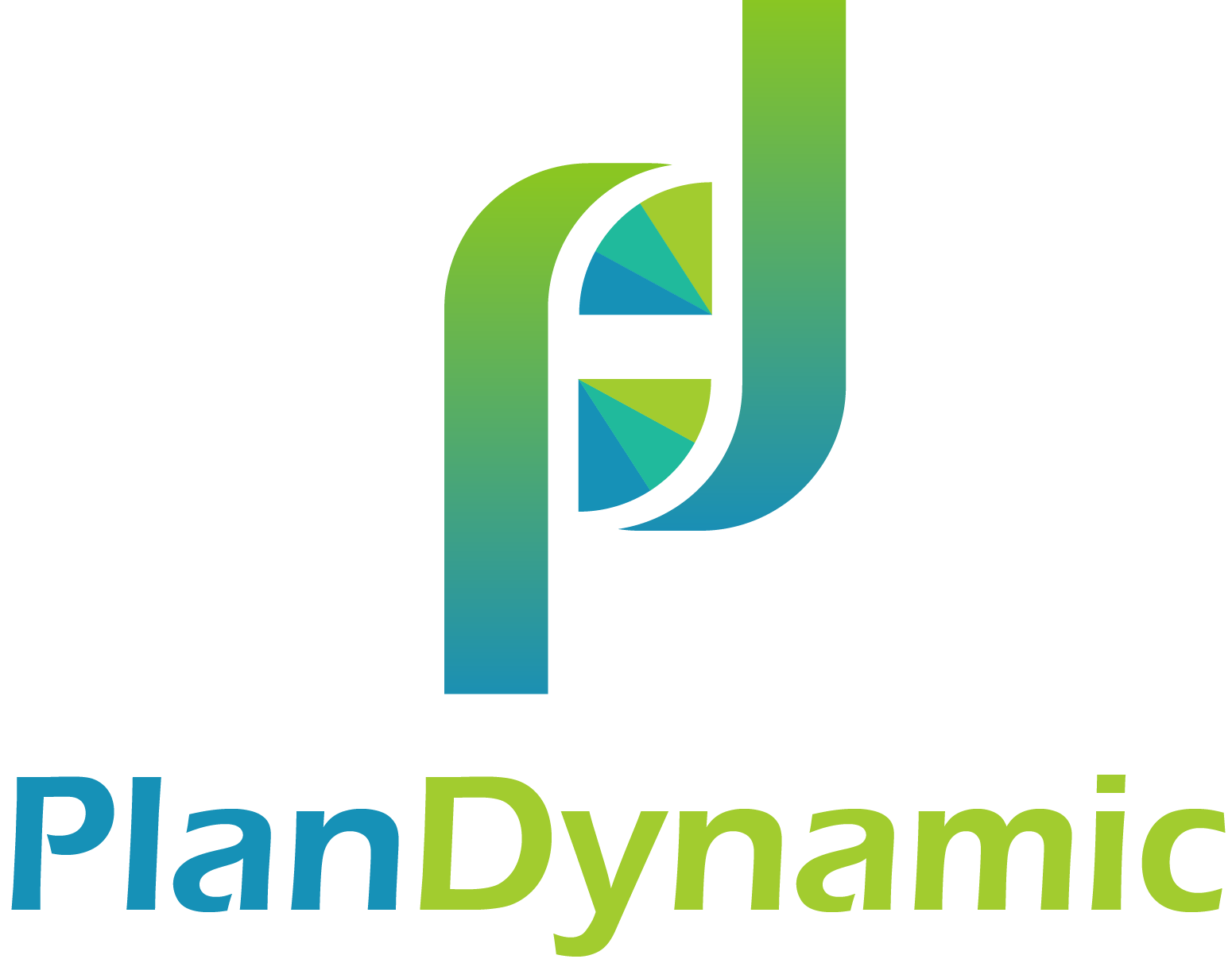Tax Loss Harvesting: Be Thankful & Mindful
Time to give thanks for family, health, pumpkin pie and finding tax losses in portfolios.
How can you be thankful for selling something at a loss? Through a strategy called tax-loss harvesting, losing investments can offset realized profits as well as up to $3,000 in non-investment income each year.
While IRS doesn’t reference “tax-loss harvesting”, there are plenty of rules for the strategy and need to mindful Form 8949, Schedule D and these items:
Know your cost basis. Unless entire investment was purchased at a single time without dividend reinvestment, then the price is varied. Good news is firms record cost basis and make available online to view before taking action.
Short-term and long-term capital gains. Short-term is sale of investment owned one year or less and taxed at your ordinary income rate (up to 37%); long-term is sale of investment held more than one year and taxed at either 0%, 15%, or 20% for 2019.
Short-term losses are deducted against short-term gains, next long-term against long-term, then remaining net losses of either type can be deducted against the other. If still more losses, can deduct up to $3,000 against income. Still more? Then carry to subsequent years against capital gains and/or $3,000 of income.
Avoid a wash sale. A realized loss is disallowed if, within 30 days of selling the investment (either before or after) you or your spouse invests in something that is identical or “substantially similar” to the one you sold. This is across accounts as well, meaning if you sell something in taxable brokerage and buy it in an IRA, you can’t use the realized loss.
Value of rebalancing. Have a diversified portfolio based on your risk level and goals in 2009, 2013 or even to start this year and practiced “buy-and-hold”? It’s out of whack. Rebalance back to your target allocation, or at some point economic and market cycles unmercifully will.
More to consider beyond this limited space. Including but not limited to the role of your tax bracket, how to redeploy cash to good use and opportunity costs.
To learn more, talk with your tax professional or Certified Financial Planner.
The opinions voiced in this material are for general information only and are not intended to provide specific advice or recommendations for any individual.
Glenn Brown is a Holliston resident and owner of PlanDynamic, LLC, www.PlanDynamic.com. Glenn is a fee-only Certified Financial Planner™ helping motivated people take control of their planning and investing, so they can balance kids, aging parents and financial independence.
This article appeared in the November 2019 editions of Holliston Local Town Pages, Ashland Local Town Pages and Natick Local Town Pages.
Please call me at (508) 834-7733 or directly schedule a meeting to learn more about considerations for planning and investing so you can balance kids, aging parents and your financial independence.
PlanDynamic, LLC is a registered investment advisor. This article is intended to provide general information. It is not intended to offer or deliver investment advice in any way. Information regarding investment services are provided solely to gain a better understanding of the subject or the article. Different types of investments involve varying degrees of risk. Therefore, it should not be assumed that future performance of any specific investment or investment strategy will be profitable.
Market data and other cited or linked-to content on in this article is based on generally-available information and is believed to be reliable. PlanDynamic, LLC does not guarantee the performance of any investment or the accuracy of the information contained in this article. PlanDynamic, LLC will provide all prospective clients with a copy of PlanDynamic, LLC’s Form ADV2A and applicable Form ADV 2Bs. You may obtain a copy of these disclosures on the SEC website at http://adviserinfo.sec.gov or you may Contact Us to request a free copy via .pdf or hardcopy.
